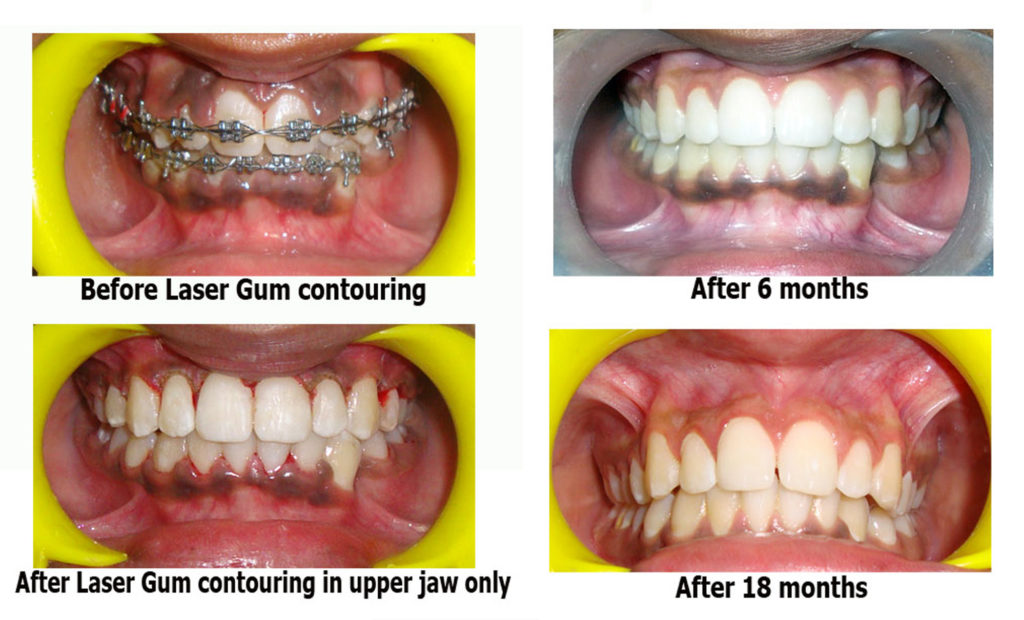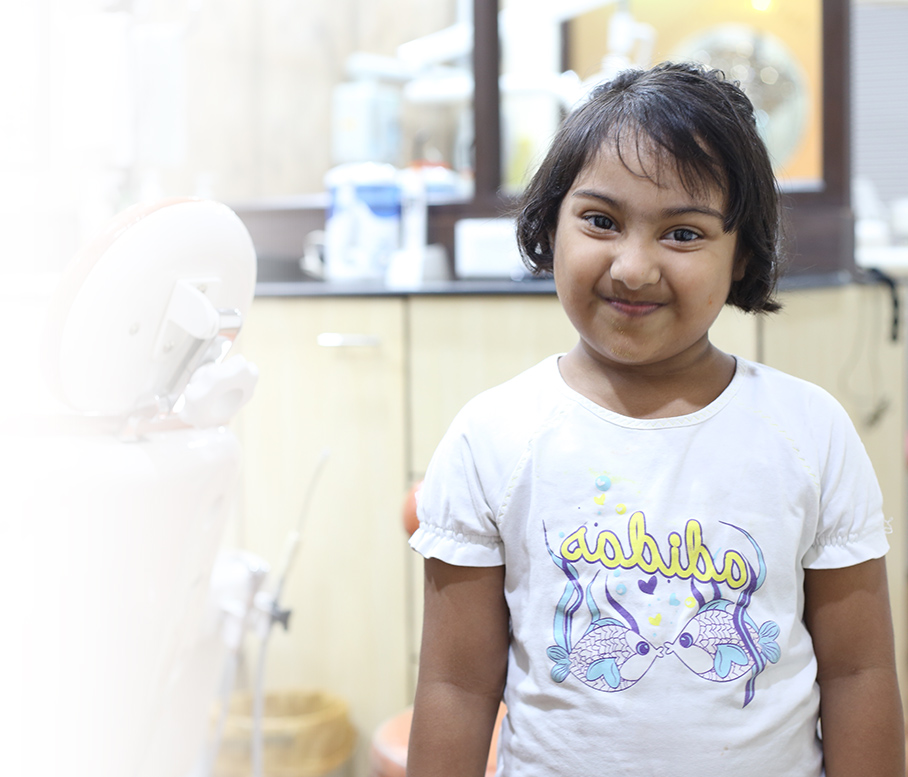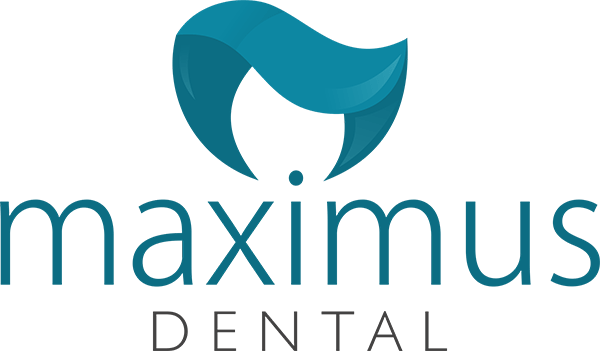Treatment for Gums
Treatment for Gums
What is gum disease?
Gum (periodontal) disease is an infection of the tissues surrounding and supporting the teeth. Globally, It is a major cause of tooth loss in adults. Because periodontal (gum) disease is usually painless, you may not know you have it. Gum disease is caused by plaque, a sticky film of bacteria that constantly forms on the teeth. These bacteria create toxins that can damage the gums. In the early stage of periodontal (gum) disease, called gingivitis, the gums can become red, swollen and bleed easily. At this stage, the disease is usually reversible and can be eliminated by daily brushing and flossing.
In the more advanced stages of periodontal (gum) disease, called periodontitis, the gums and bone that support the teeth can become seriously damaged. The teeth can become loose, fall out or have to be removed by a dentist.
The Periodontist or the Gum Specialist at this centre provides the following treatments for Gum Diseases.
Oral prophylaxis :
This involves Scaling and root planning, which is the most common and conservative form of treatment for periodontal (gum) disease. Scaling is the removal of calculus (commonly called tartar) and plaque that attach to the tooth surfaces, especially below the gum line along the root surface. Because plaque is more likely to stick to rough surfaces, the root surface is smoothed down in a process called root planing. Root planing removes any remaining calculus and smoothes root-surface irregularities. At this centre we make it a point to polish your teeth as well as root surface at the end of the oral prophylaxis sessions. This helps you in keeping your teeth clean for long.
Curettage :
A removing of the diseased gum tissue from underneath the gums (the infected pocket), which allows the infected area to heal.
Flap surgery :
Involves lifting the gums and removing the deposits of tartar. The gums are then placed back in place so that the tissue fits snugly around the tooth. This method also reduces the pocket and areas where bacteria grow.
Bone Grafts :
Used to replace bone destroyed by periodontitis. Tiny fragments of your own bone, synthetic bone, or donated bone are placed where bone was lost. These grafts serve as a platform for the regrowth of bone, which restores stability to teeth.
Soft tissue grafts :
Reinforce thin gums or fill in places where gums have receded. Grafted tissue, most often taken from other parts of the mouth is stitched in place over the affected area.
Guided tissue regeneration :
Stimulates bone and gum tissue growth. The periodiontist does it in combination with flap surgery, a small piece of mesh-like fabric is inserted between the bone and gum tissue. This keeps the gum tissue from growing into the area where the bone should be, allowing the bone and connective tissue to regrow to better support the teeth.
Bone (osseous) surgery :
Smoothes shallow craters in the bone due to moderate and advanced bone loss. Following flap surgery, the bone around the tooth is reshaped to decrease the craters. This makes it harder for bacteria to collect and grow.
Medications :
These may be in pill form or oral rinses. These are used to help kill the germs that cause periodontitis or suppress the destruction of the tooth’s attachment to the bone. There are also antibiotic gels, fibers or chips applied directly to the infected pocket. In some cases, the periodontist will prescribe a special anti-germ mouth rinses to help control plaque and gingivitis.
How can I prevent periodontal (gum) disease?
The good news is that you can help prevent periodontal (gum) disease by taking good care of your teeth every day and having regular dental checkups. Here’s how to keep your teeth and gums healthy:
Brush your teeth well at least twice a day.
This removes the film of bacteria from the teeth. Always use a soft-bristled toothbrush that is in good condition. Toothpastes and mouth rinses containing fluoride strengthen the teeth and help prevent decay.
Clean between your teeth every day.
Cleaning between your teeth with floss or interdental cleaners removes bacteria and food particles from between the teeth, where a toothbrush can’t reach. We believe early periodontal (gum) disease can often be reversed by daily brushing and flossing. If you use interdental cleaning aids, ask your dentist how to use them properly, to avoid injuring your gums.
Eat a balanced nutritious diet.
Choose a variety of foods from the basic food groups, such as breads, cereals and other grain products; fruits; vegetables; meat, poultry and fish; and dairy products, such as milk, cheese and yogurt. Limit between-meal snacks.
Visit your dentist regularly.
It is very important to have regular dental checkups, and professional cleaning is essential to prevent periodontal diseases.

Make an Appointment

